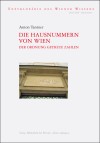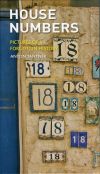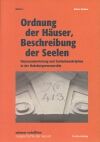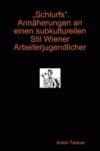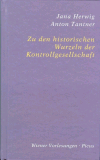New York Times zur Hausnummerierung
Die Hausnummernforschung infiltriert auch die New York Times: Letzten Monat brachte sie einen Beitrag basierend auf Reuben Rose-Redwoods Forschungsergebnissen. Dank seines unlängst angezeigten Artikel lässt sich ja nun die Frühgeschichte der Hausnummerierung in den USA etwas besser in den Blick bekommen. Zur Zeit ist er übrigens Kluge-Fellow an der Library of Congress und hat gerade gestern dort einen Vortrag zum Thema Spaces of Calculation: Street Addressing and the Making of a Geo-coded World gehalten. Die Ankündigung lautete wie folgt:
Street addressing is one of the most basic strategies employed by governmental authorities to tax, police, manage, and monitor the spatial whereabouts of individuals within a population. Despite the central importance of the street address as a “political technology,” few scholars have examined the historical and contemporary practice of street addressing with respect to its broader social, political, and ontological implications. When, where, and why did the technique of house numbering historically emerge as a mechanism of spatial ordering? How did it come to be so taken-for-granted as part of everyday life in post-industrial societies? In this presentation, Kluge Fellow Reuben Rose-Redwood will explore the cultural and political history of street addressing in the United States, from the late eighteenth century to the present, including the recent shift from rural route and box numbering systems to 911 addresses. More than a mere technical device best left to postmasters and planning professionals, the spatial practice of street addressing is one of the fundamental mechanisms of the production of calculable space and is, in a more general sense, the socio-spatial equivalent to the mathematicization of nature that has dominated modern thought since the Enlightenment.
Street addressing is one of the most basic strategies employed by governmental authorities to tax, police, manage, and monitor the spatial whereabouts of individuals within a population. Despite the central importance of the street address as a “political technology,” few scholars have examined the historical and contemporary practice of street addressing with respect to its broader social, political, and ontological implications. When, where, and why did the technique of house numbering historically emerge as a mechanism of spatial ordering? How did it come to be so taken-for-granted as part of everyday life in post-industrial societies? In this presentation, Kluge Fellow Reuben Rose-Redwood will explore the cultural and political history of street addressing in the United States, from the late eighteenth century to the present, including the recent shift from rural route and box numbering systems to 911 addresses. More than a mere technical device best left to postmasters and planning professionals, the spatial practice of street addressing is one of the fundamental mechanisms of the production of calculable space and is, in a more general sense, the socio-spatial equivalent to the mathematicization of nature that has dominated modern thought since the Enlightenment.
adresscomptoir -
Hausnummerierung - Do, 4. Dez. 2008, 08:30

